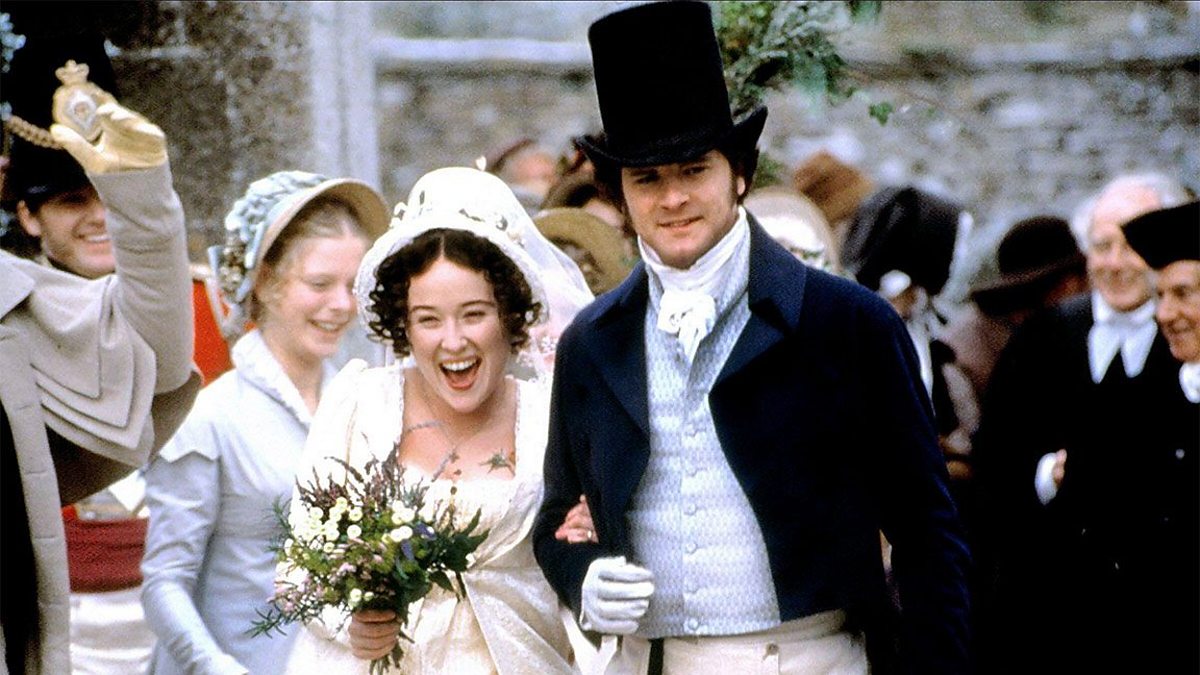
The themes of 'Pride and Prejudice' by Jane Austen include love, pride, prejudice, class, and family dynamics.
Love: The novel emphasizes the importance of marrying for love rather than for wealth or status. Elizabeth Bennet and Mr. Darcy's relationship epitomizes true love overcoming various social obstacles, showcasing the journey toward understanding and mutual respect. Austen critiques marriages based solely on financial security, illustrating this through characters like Charlotte Lucas and Lydia Bennet, who prioritize independence and reputation over genuine affection[1][3].
Pride and Prejudice: The title itself encapsulates these themes, with characters like Darcy embodying pride due to his social rank, while Elizabeth displays prejudice based on her initial judgments of him. Their respective biases create significant misunderstandings that they must overcome for their relationship to evolve[1][3][4].
Class: Austen addresses the rigid social hierarchy of the Georgian era, criticizing how status affects characters’ interactions and relationships. Characters like Lady Catherine and Mr. Collins are portrayed as embodying the negative attributes of class obsession, while Darcy's character development illustrates that virtue transcends social status[2][3].
Family: The family unit is central to the narrative, influencing the characters' choices and societal standing. The Bennet sisters' relationships, particularly among Jane and Elizabeth, highlight the strength of familial support, while the negative example of Lydia's actions shows how family reputation can impact individual futures[2][4].
These intertwined themes create a rich tapestry that critiques societal norms while exploring individual character growth throughout the novel.
Get more accurate answers with Super Pandi, upload files, personalized discovery feed, save searches and contribute to the PandiPedia.
Let's look at alternatives:
- Modify the query.
- Start a new thread.
- Remove sources (if manually added).